| Structure | Name/CAS No. | Articles |
|---|---|---|
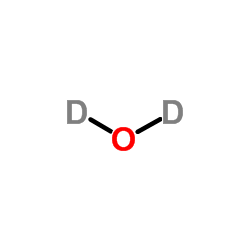 |
Heavy water
CAS:7789-20-0 |
|
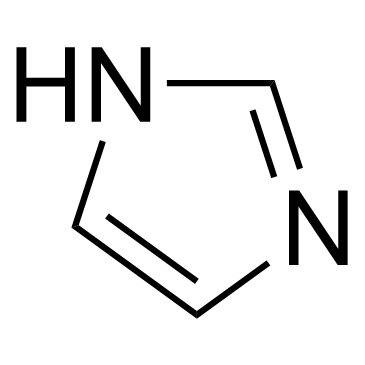 |
Imidazole
CAS:288-32-4 |
|
 |
barium
CAS:7440-39-3 |
|
 |
(2H)Hydrogen chloride
CAS:7698-05-7 |
|
 |
Sodium Deuteroxide
CAS:14014-06-3 |
|
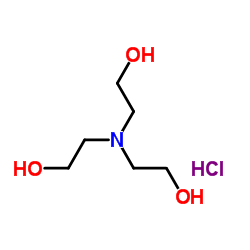 |
TRIETHANOLAMINE HYDROCHLORIDE
CAS:637-39-8 |
|
 |
DL-Glyceraldehyde 3-phosphate
CAS:591-59-3 |
|
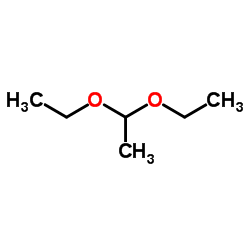 |
1,1-Diethoxyethane
CAS:105-57-7 |
|
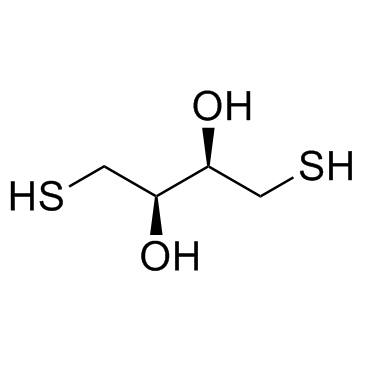 |
DL-Dithiothreitol
CAS:3483-12-3 |